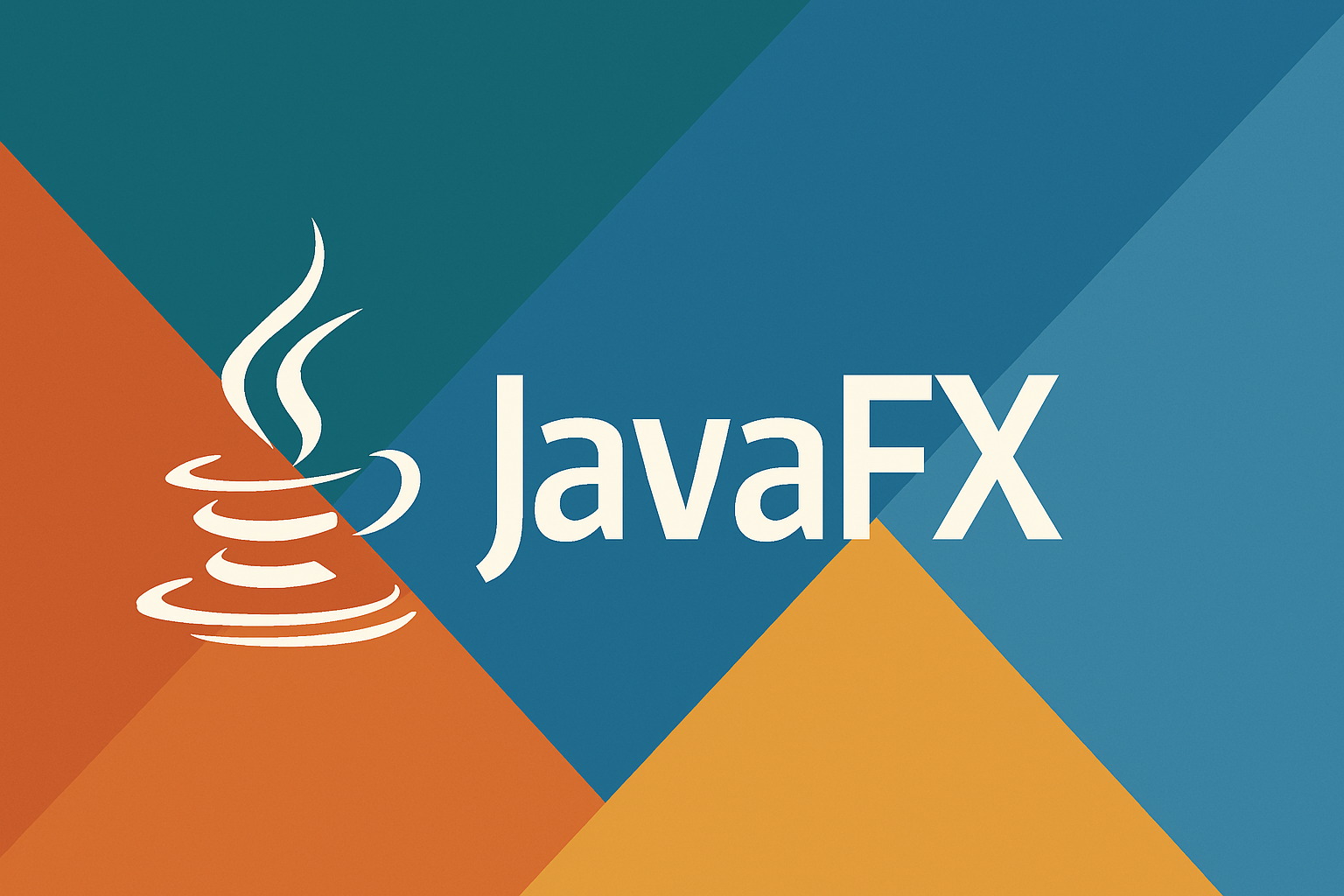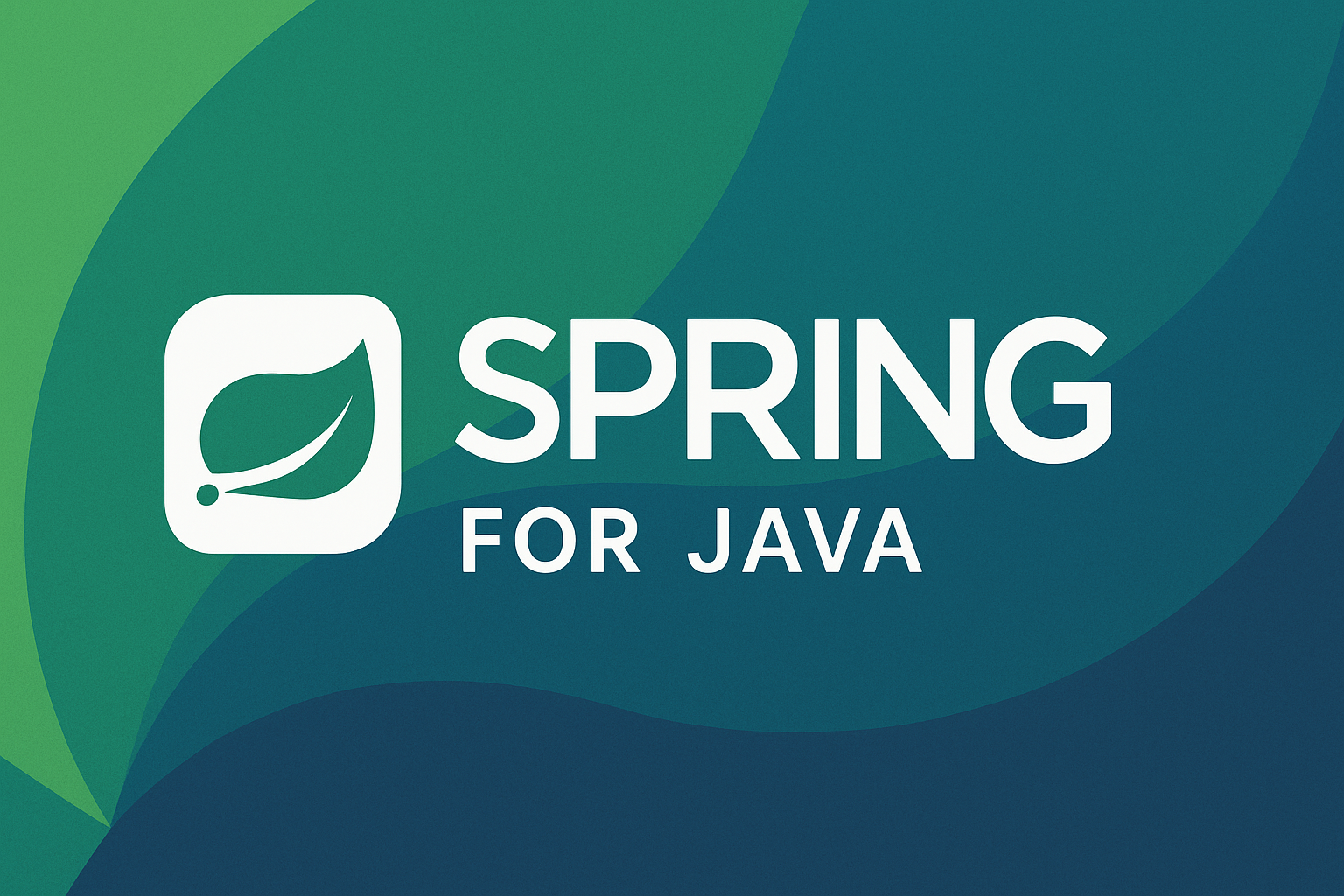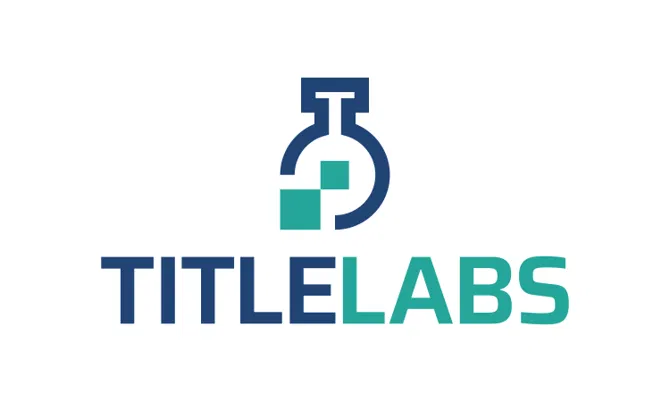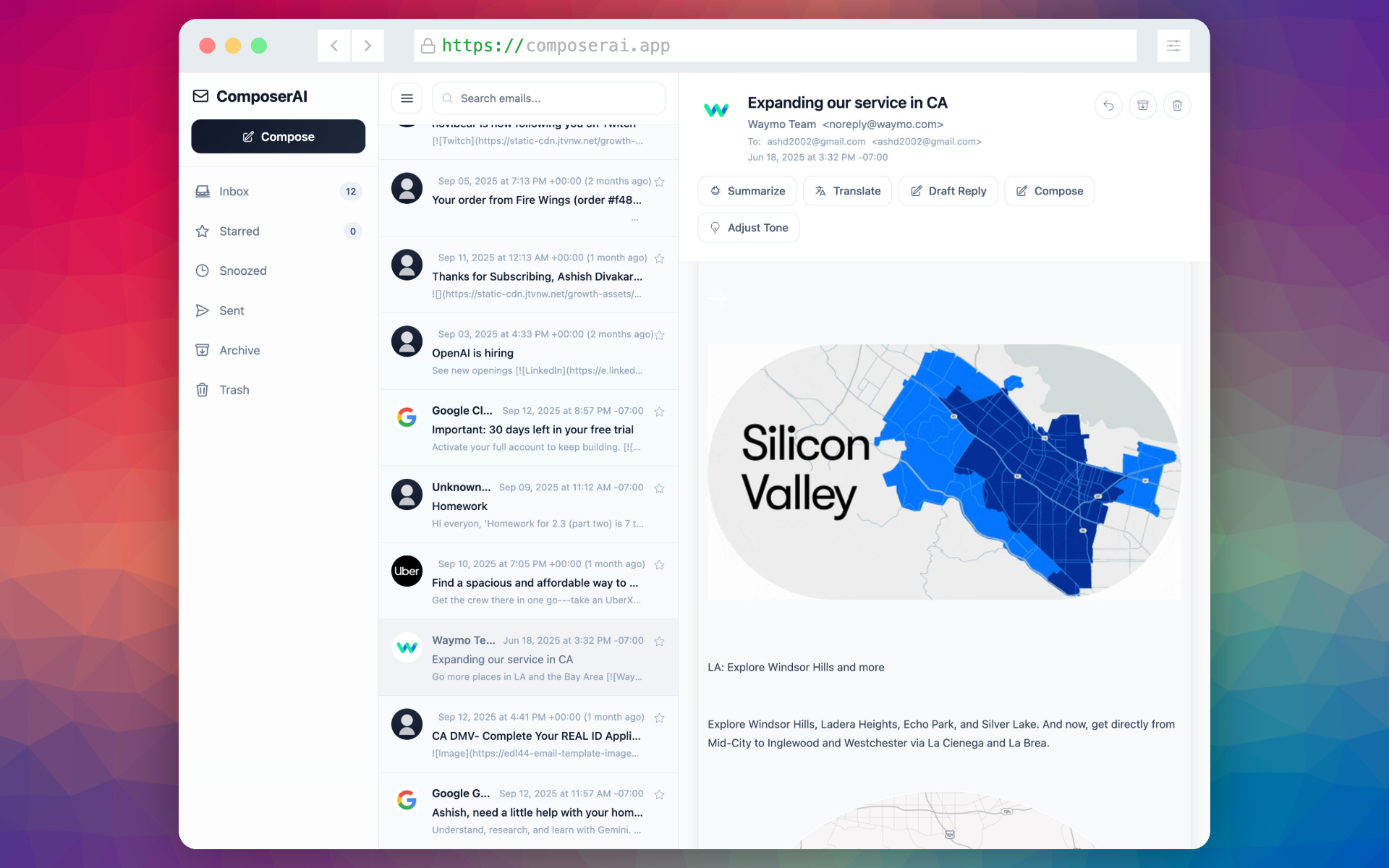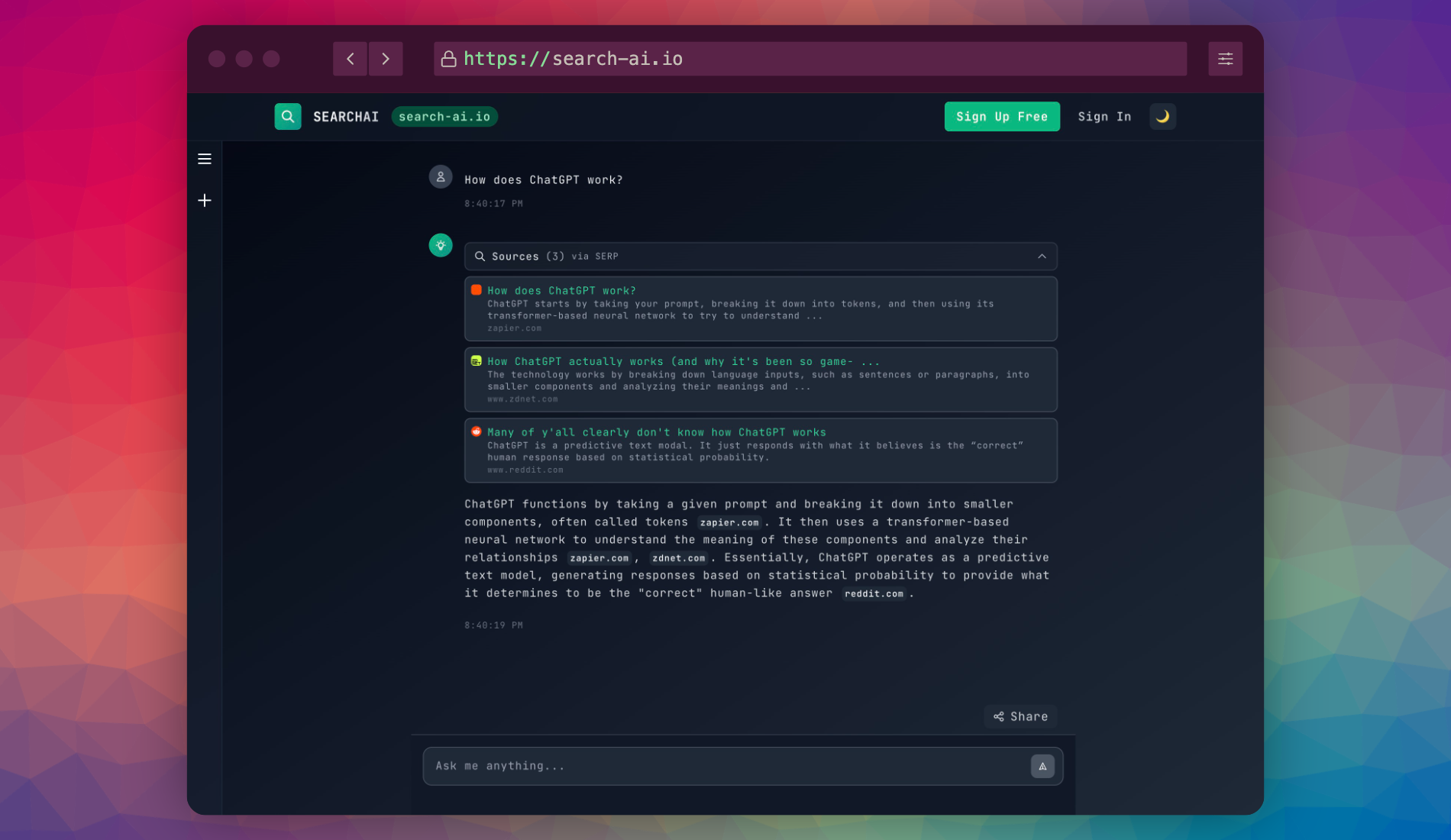Java, Maven, & Gradle: OS Setup & Project-Level Usage
Software engineer, founder, and leadership background in finance/tech. Based in San Francisco.

Related Java Setup Guides
- This Article: Core Java, Maven & Gradle Setup & Usage
- Specifics: Setting up JavaFX
- Specifics: Setting up a Spring Boot Server
Part 1: OS-Level Tool Installation (The Foundation)
Before diving into project-specific setups, you'll generally need a Java Development Kit (JDK) installed on your system. Optionally, you might install Maven and/or Gradle globally, though for most project work, their respective project-level wrappers (mvnw, gradlew) are also used.
Installing a Java Development Kit (JDK)
The JDK is essential for compiling and running Java applications. It includes the Java Runtime Environment (JRE) and development tools like the Java compiler (javac).
Installing Build Tools (Maven & Gradle) - OS Level (Optional)
While project wrappers (mvnw, gradlew) are preferred for project work, you might want global installations for bootstrapping new projects or for tools that expect them.
OS Install vs. Project Wrappers
Global (OS-level) installations of Maven/Gradle are for convenience or bootstrapping. For actual project development and builds, always prefer using the project's Maven Wrapper (./mvnw) or Gradle Wrapper (./gradlew). This ensures everyone uses the same build tool version, leading to reproducible builds. The wrappers will download the correct version if needed.
Part 2: Project-Specific Java Versioning
Ensure different projects can use different Java versions without conflict.
Project-Specific JAVA_HOME (Manual/Scripted)
IDE Project JDK Settings
Note
IDE settings control development. CLI consistency benefits from scripted JAVA_HOME or tools like SDKMAN!.
Part 3: Maven - Project Versioning & Common Commands
Maven is a powerful build automation tool that uses a Project Object Model (POM) file (pom.xml) to manage a project's build, reporting, and documentation. Using the Maven Wrapper (mvnw) is crucial for project-specific versioning.
Understanding the Maven Wrapper
The Maven Wrapper (mvnw for Unix-like systems, mvnw.cmd for Windows) ensures that a project uses a consistent version of Maven without requiring a global installation. It downloads the specified Maven version if it's not already available.
Adding or Updating the Wrapper
# In project root, using a globally installed mvn (if available)
mvn -N io.takari:maven:wrapper -Dmaven=3.9.6 # Specify desired Maven version
.mvn/wrapper/maven-wrapper.properties, which specifies the Maven version to use.# .mvn/wrapper/maven-wrapper.properties
distributionUrl=https://repo.maven.apache.org/maven2/org/apache/maven/apache-maven/3.9.6/apache-maven-3.9.6-bin.zip
# ... other properties
Core Maven Lifecycle & Commands (using ./mvnw)
./mvnw (or mvnw.cmd) instead of a global mvn for project tasks.Maven Wrapper & Java Version
pom.xml defines Java compatibility for compilation:<!-- pom.xml -->
<properties>
<java.version>17</java.version>
<maven.compiler.source>${java.version}</maven.compiler.source>
<maven.compiler.target>${java.version}</maven.compiler.target>
</properties>
JAVA_HOME (ideally set per-project) is compatible with these settings.Part 4: Gradle - Project Versioning & Common Commands
Gradle is another popular build automation tool, known for its flexibility and performance, especially with Groovy or Kotlin for build scripts (build.gradle or build.gradle.kts). The Gradle Wrapper (gradlew) is essential.
Understanding the Gradle Wrapper
The Gradle Wrapper (gradlew for Unix-like systems, gradlew.bat for Windows) allows a project to build with a specific version of Gradle without requiring a global Gradle installation. It downloads the declared Gradle version if necessary.
Adding or Configuring the Wrapper
gradle installed):# In project root
gradle wrapper --gradle-version 8.7 # Specify desired Gradle version
gradle/wrapper/gradle-wrapper.properties.# gradle/wrapper/gradle-wrapper.properties
distributionUrl=https://services.gradle.org/distributions/gradle-8.7-bin.zip
# ... other properties
Core Gradle Tasks & Commands (using ./gradlew)
./gradlew (or gradlew.bat) for project tasks.Gradle Wrapper & Java Version
build.gradle (Groovy) or build.gradle.kts (Kotlin) file defines Java compatibility:// build.gradle (Groovy DSL)
java {
sourceCompatibility = JavaVersion.VERSION_17
targetCompatibility = JavaVersion.VERSION_17
}
JAVA_HOME is compatible. Gradle also supports Java toolchains for more fine-grained control over the JDK/JRE used by Gradle tasks, independent of JAVA_HOME.Part 5: Managing & Updating Dependencies
Dependencies are external libraries your project relies on. They are declared in pom.xml (Maven) or build.gradle(.kts) (Gradle).
Dependency Declaration & Update Commands
IDE Support
IntelliJ IDEA and VS Code (with Java extensions) often provide UI features to detect and update dependencies.
